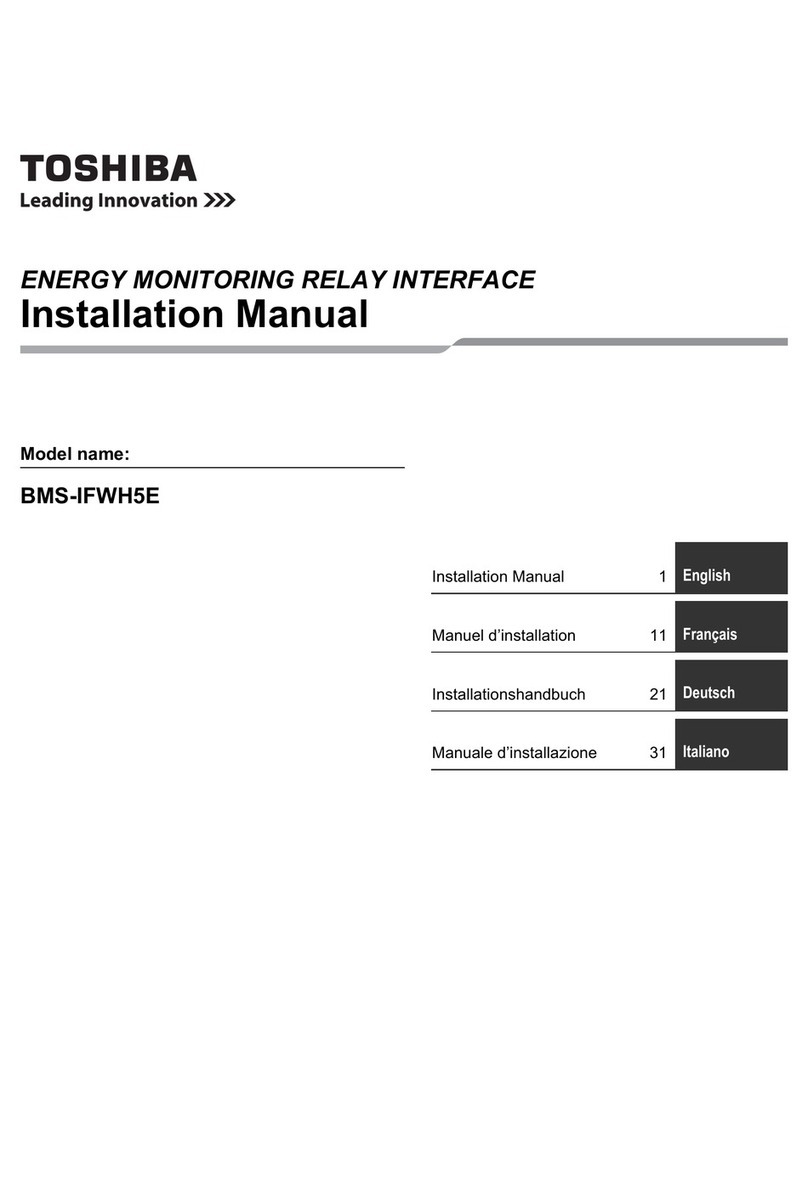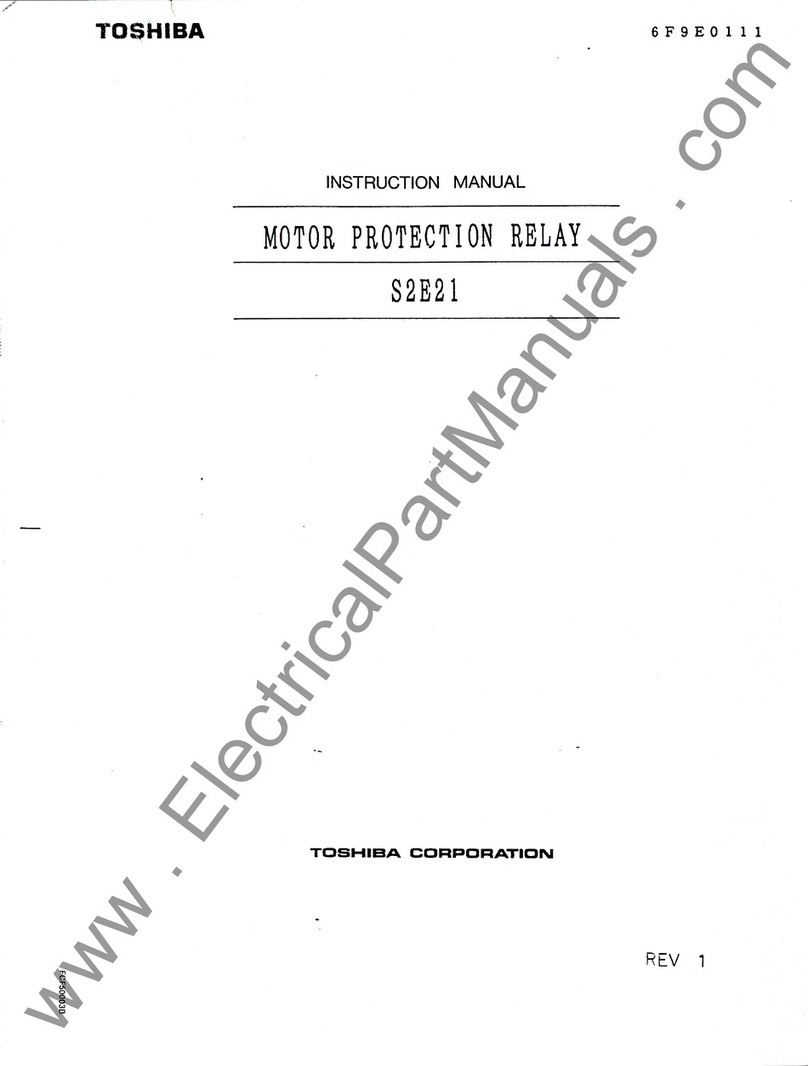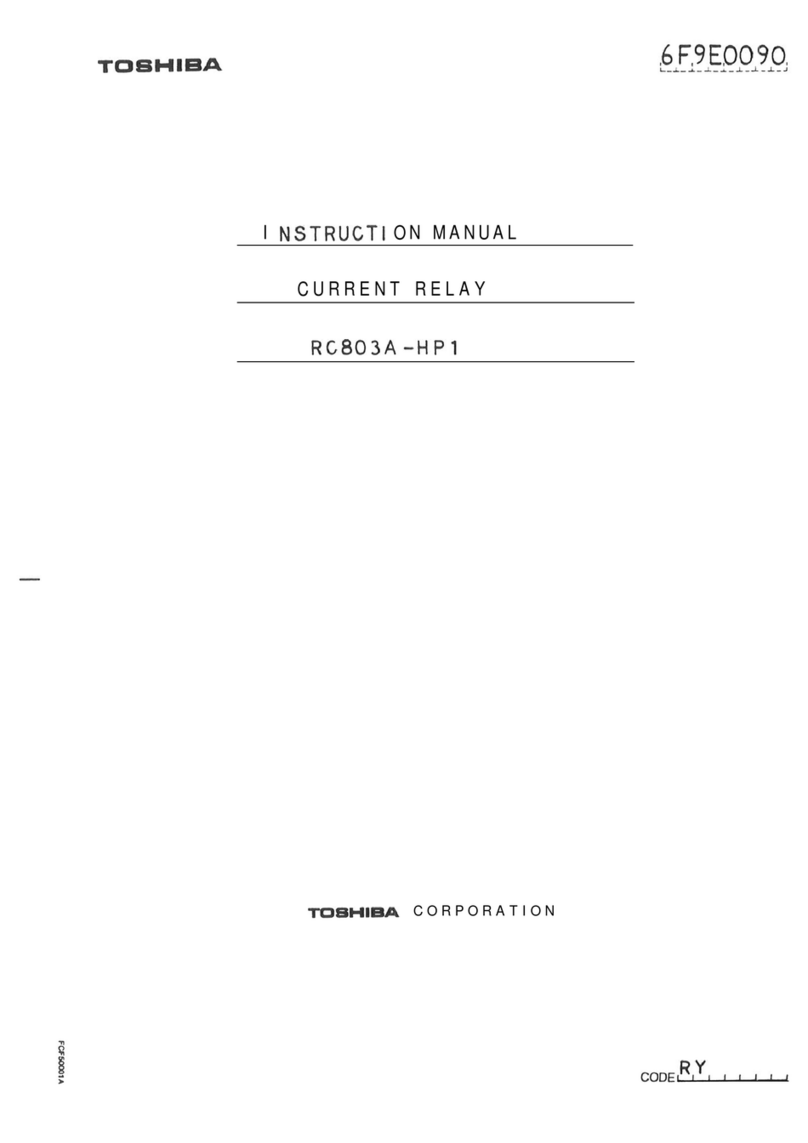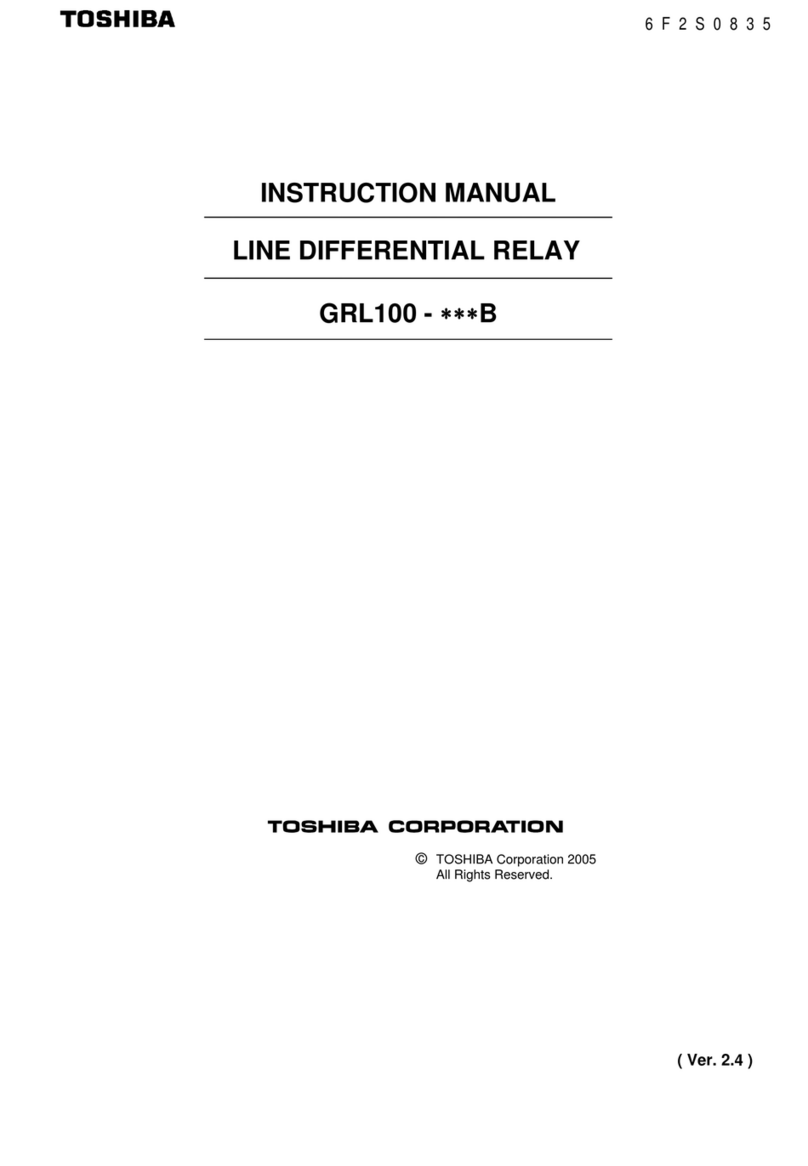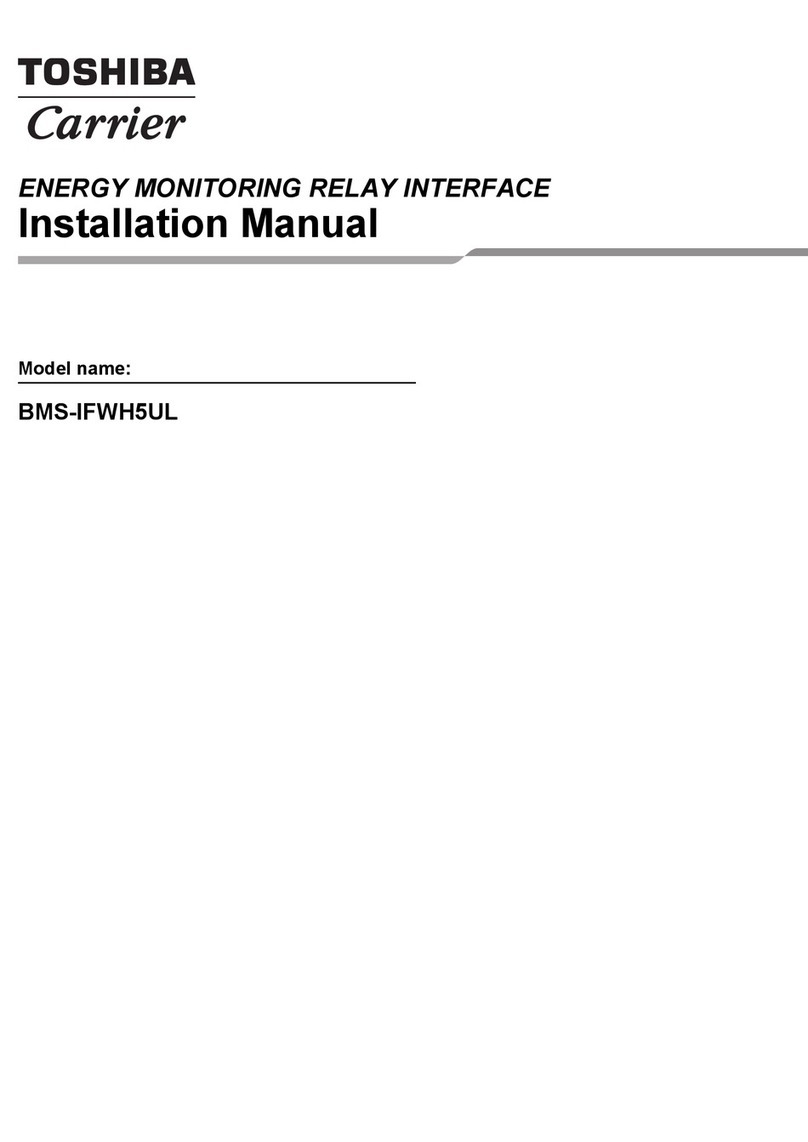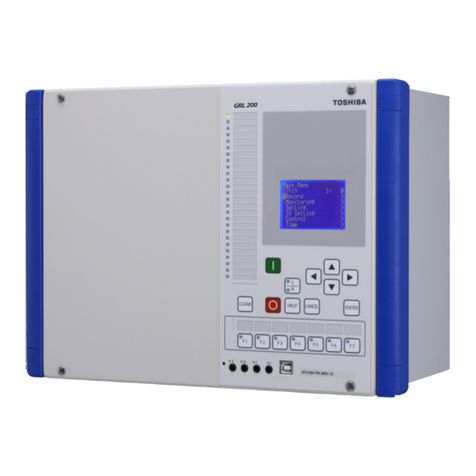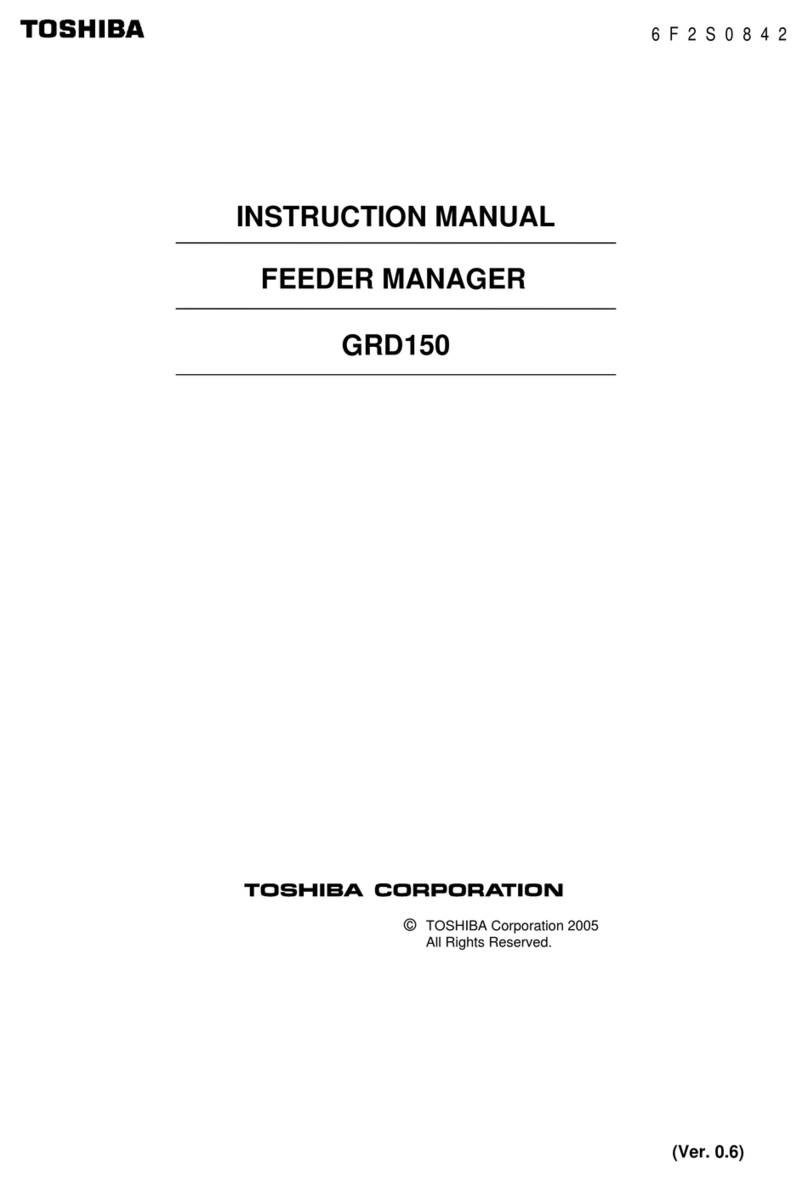Toshiba RC820-HP-Y User manual
Other Toshiba Relay manuals

Toshiba
Toshiba GRD130 User manual
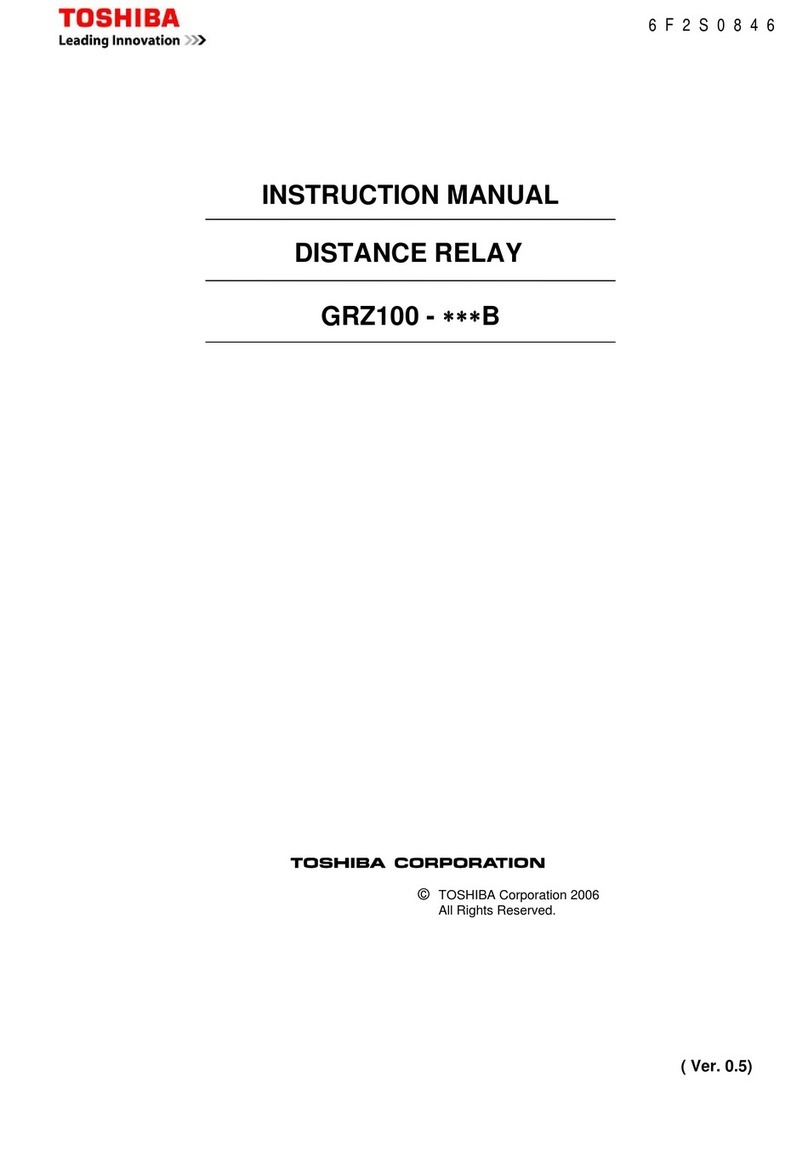
Toshiba
Toshiba GRZ100 B Series User manual

Toshiba
Toshiba GRZ100-211B User manual

Toshiba
Toshiba GRZ100 User manual
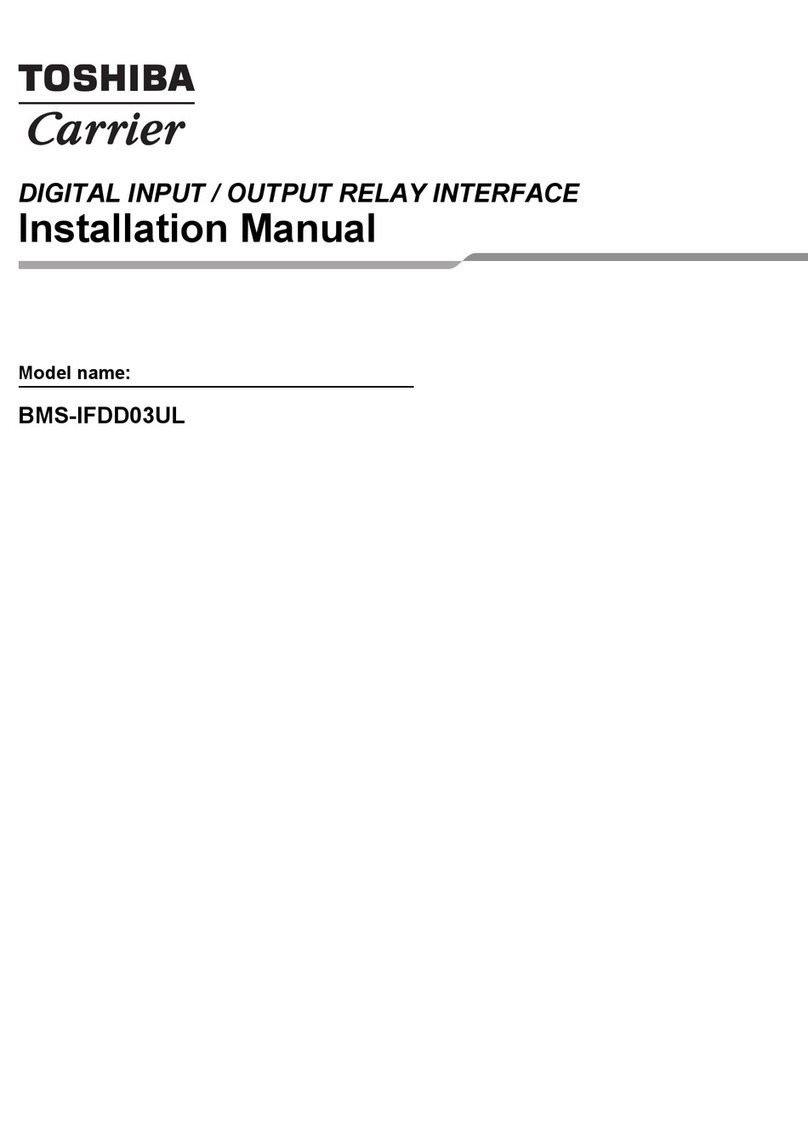
Toshiba
Toshiba BMS-IFDD03UL User manual

Toshiba
Toshiba GR 200 Series User manual

Toshiba
Toshiba GRD110 User manual
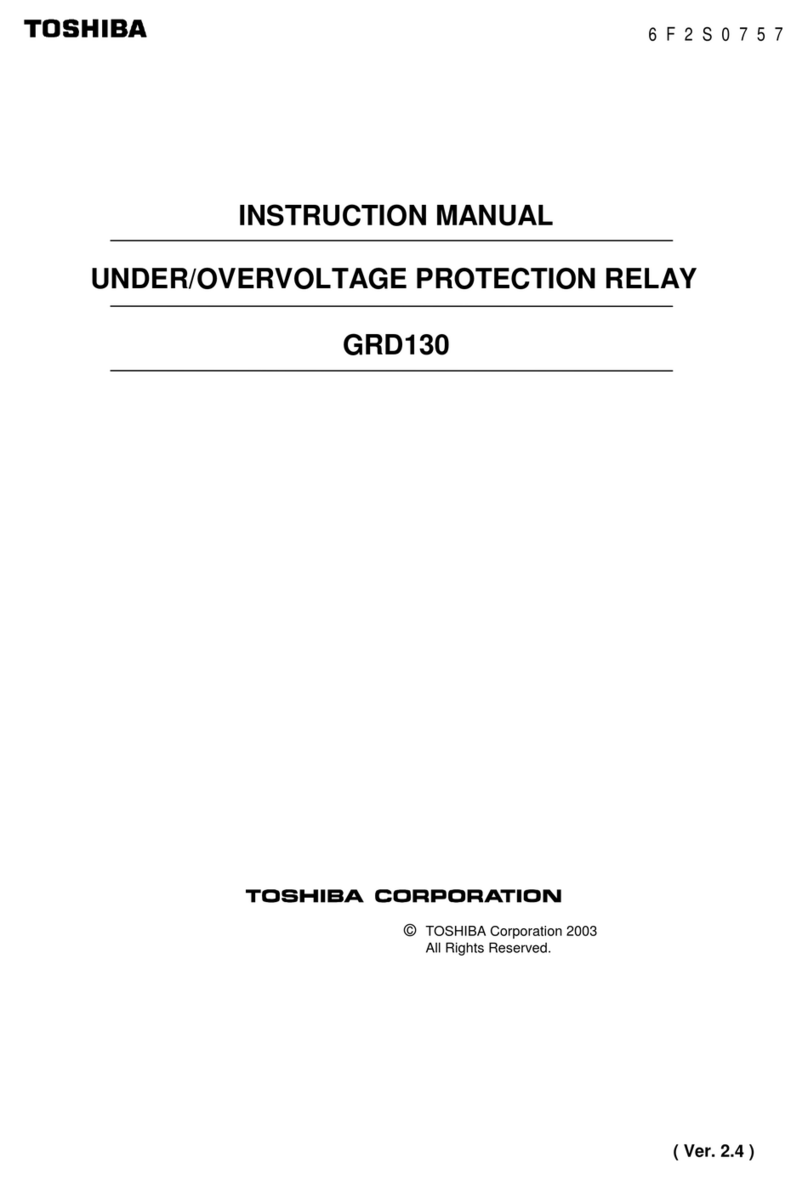
Toshiba
Toshiba GRD130-210 User manual
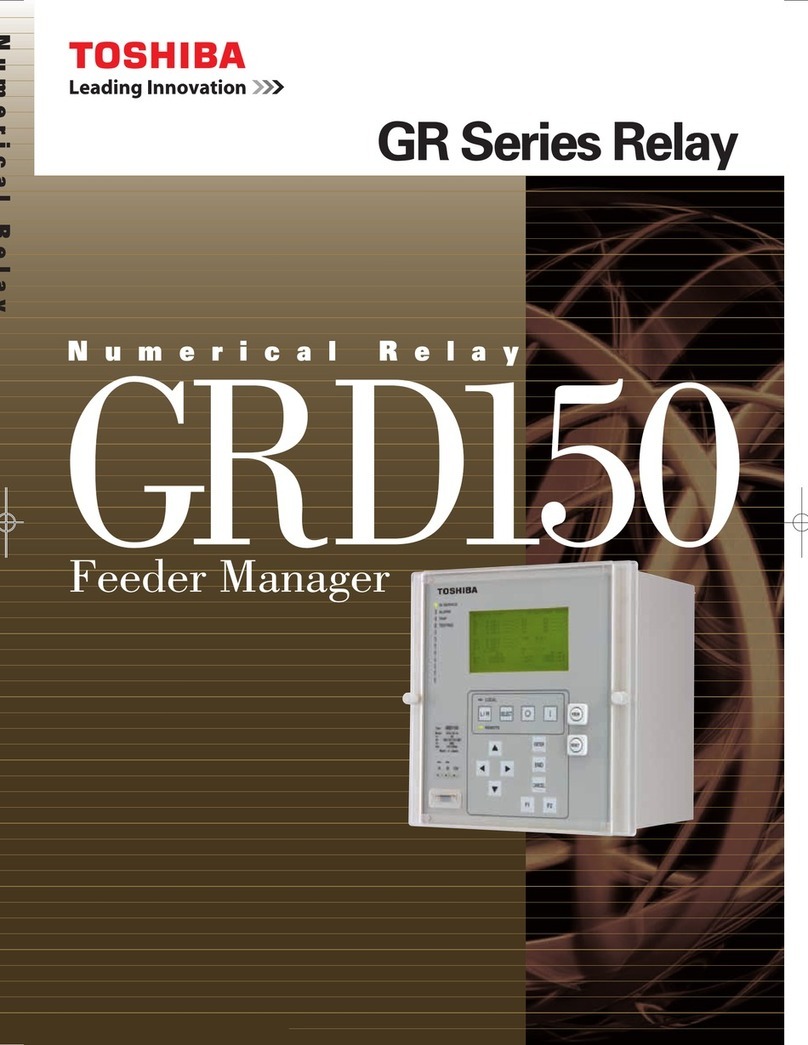
Toshiba
Toshiba GRD150 User manual

Toshiba
Toshiba GRT100 Series User manual
